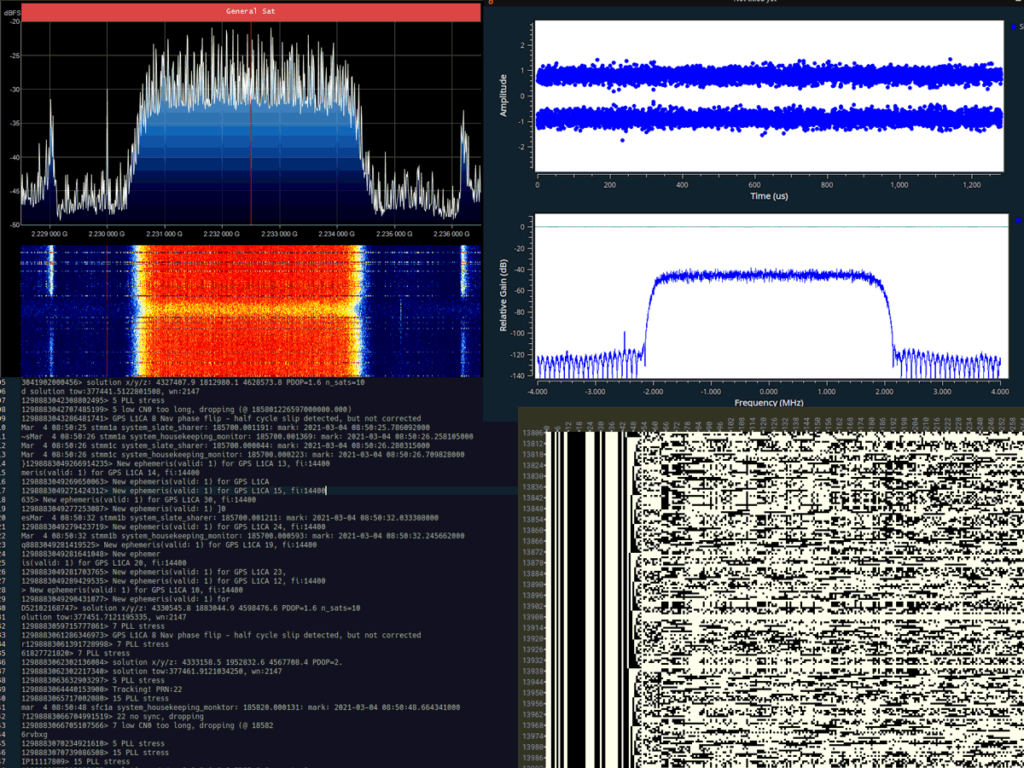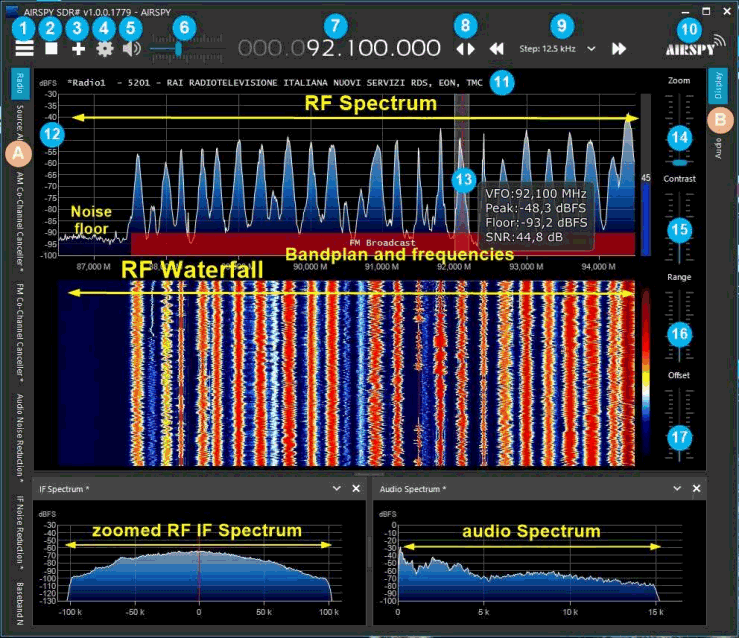Receiving SpaceX Falcon 9 Telemetry with a HackRF and 1.2m Satellite Dish
Over on the Reddit /r/SpaceXLounge discussion board user /u/Xerbot has made an interesting post showing how u/derekcz was able to receive the telemetry signals from the latest SpaceX Falcon 9 rocket launch using a HackRF and a 1.2m prime focus dish with homebuilt feed designed for the 2232.5 MHz downlink frequency. Then after demodulating the signal with GNU Radio, /u/Xerbot was able to convert that signal into binary data, and then into plain text strings.
Another user /u/Origin_of_Mind then figured out that these strings are debug messages being sent by the software-defined GPS receiver, which amongst other data contains the GPS coordinates of the second stage. The GPS data indicates that the second stage was tracking over the north of Serbia at an altitude of 219 km and velocity of 7483m/s. /u/derekcz was able to then confirm that he was indeed recording the signal when the satellite would have been crossing Serbia, confirming the received telemetry was correct.
The entire thread is an interesting read, with multiple users dissecting the plaintext and finding out information about the launch. /u/Origin_of_Mind's post in particular explains the meaning of each of the data fields, which includes the system time, the XYZ coordinates in the earth-centered earth-fixed (ECEF) coordinate system, the loss of precision due to unfavorable GPS satellite positions and the number of GPS satellites currently received.
Another user /u/softwaresaur even notes that there was an "radiation_fdir_activation_guard" event. FDIR stands for Fault Detection, Isolation and Recovery (FDIR) and this event was triggered due to 0.06 s mission time discrepancy between the rocket and GPS true time.


